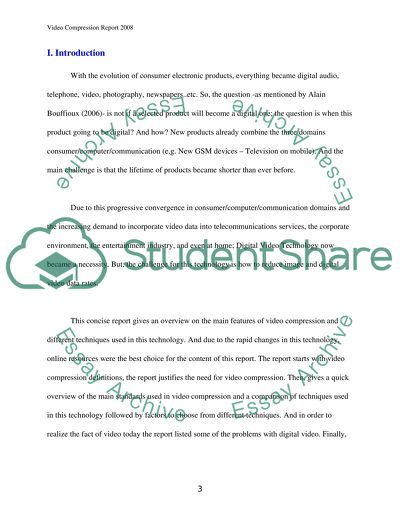Cite this document
(“Video Compression Essay Example | Topics and Well Written Essays - 3000 words”, n.d.)
Retrieved de https://studentshare.org/technology/1527312-video-compression
Retrieved de https://studentshare.org/technology/1527312-video-compression
(Video Compression Essay Example | Topics and Well Written Essays - 3000 Words)
https://studentshare.org/technology/1527312-video-compression.
https://studentshare.org/technology/1527312-video-compression.
“Video Compression Essay Example | Topics and Well Written Essays - 3000 Words”, n.d. https://studentshare.org/technology/1527312-video-compression.


